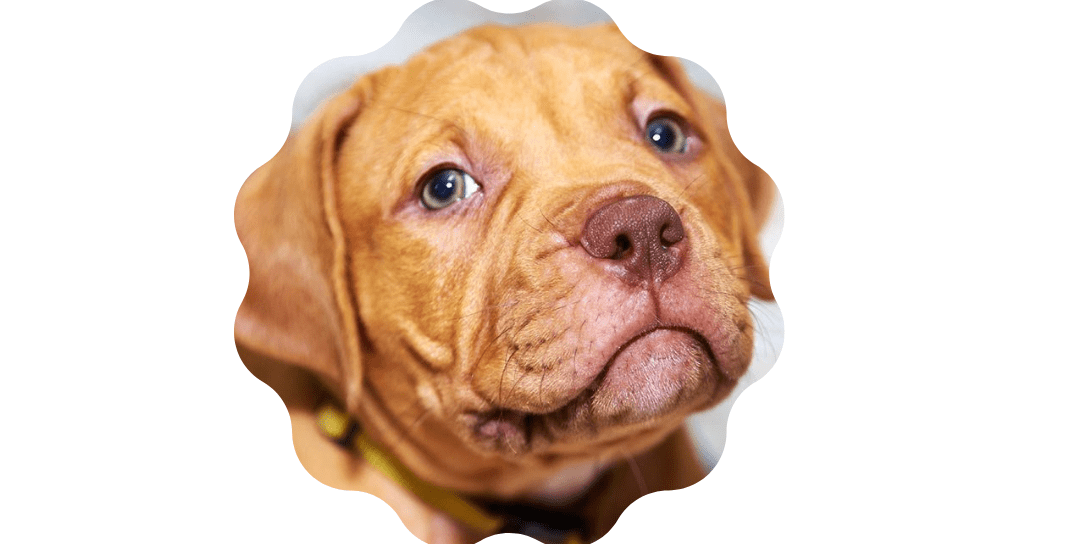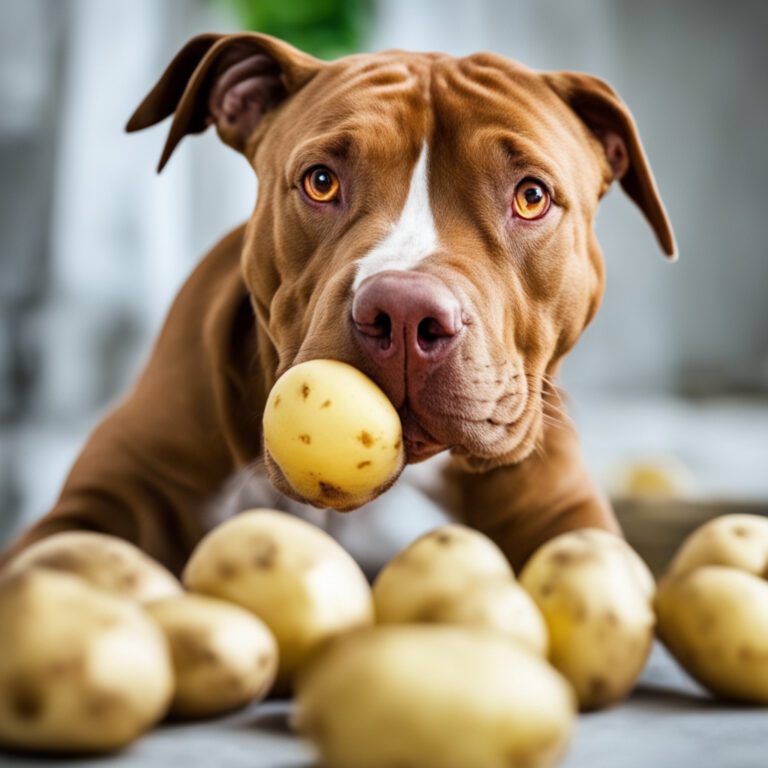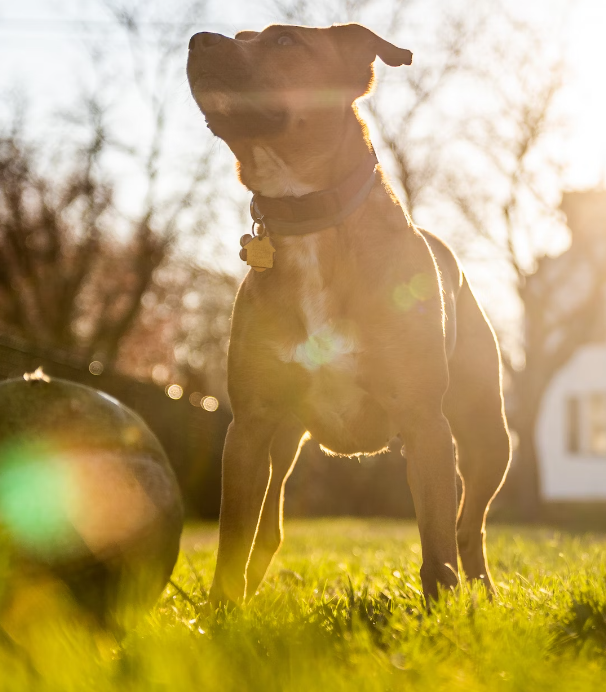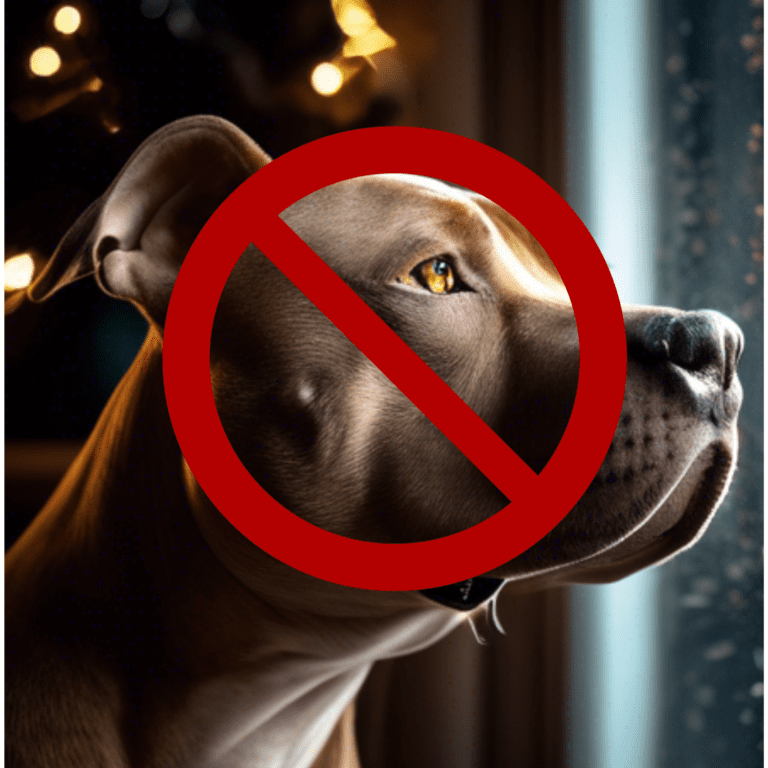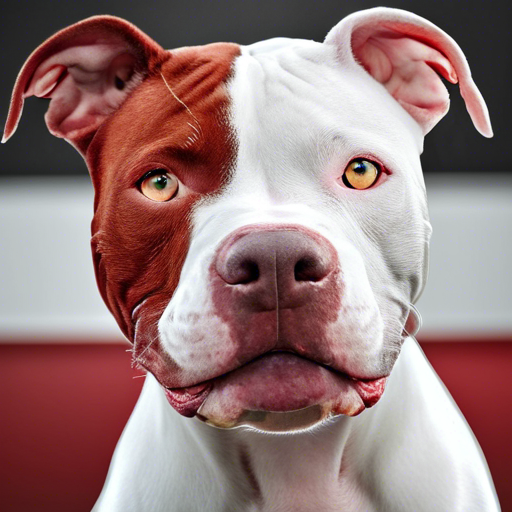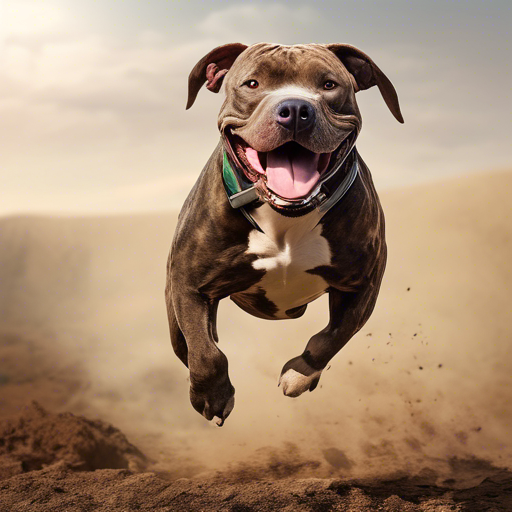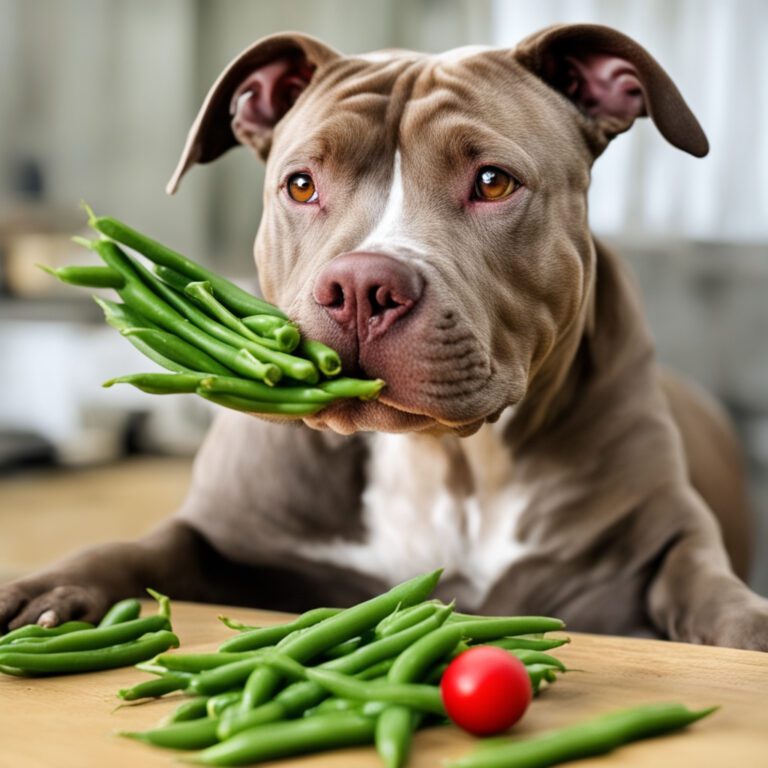How Many Puppies Can a Red Nose Pitbull Have- 2024
Introduction
Red nose pitbulls are a popular breed known for their loyalty, intelligence, and affectionate nature. One common question that potential breeders or owners may have is how many puppies can a red nose pitbull have during a single litter. Pitbulls typically have an average of 5 puppies per litter, which is a common number for a medium-sized dog breed. However, litter sizes can vary, ranging from just 1 puppy, known as a “singleton,” up to 10 puppies per litter. In this article, we’ll delve into the factors influencing litter size and what to expect when breeding or caring for a pregnant red nose pitbull.
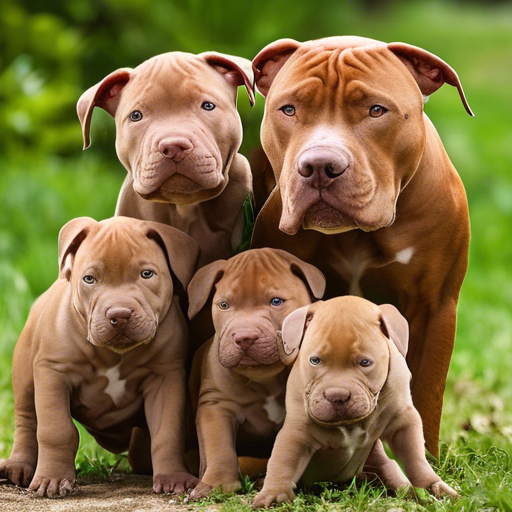
Understanding Red Nose Pitbulls
Red nose pitbulls are a type of American Pit Bull Terrier characterized by their distinct red-colored noses. They are medium-sized dogs with muscular builds and strong jaws. Known for their friendly demeanor and affectionate nature, red nose pitbulls make excellent family pets when properly trained and socialized.
Reproduction in Red Nose Pitbulls
Breeding red nose pitbulls involves the mating of a male and female dog to produce offspring. Like all mammals, pitbulls undergo a reproductive process that includes mating, pregnancy, and birth. The reproductive cycle of female pitbulls typically occurs every six to eight months, depending on individual factors such as age and health.
Average Litter Size
The average litter size for red nose pitbulls can vary based on several factors, including genetics, health, and age of the mother. On average, red nose pitbulls can have litters ranging from 5 to 10 puppies, although larger or smaller litters are possible. Factors such as the size of the parents, their breeding history, and environmental conditions can all influence litter size.
Breed Standards and Genetics
Genetics play a significant role in determining the litter size of red nose pitbulls. Breeding practices that adhere to breed standards can help maintain healthy bloodlines and produce consistent litter sizes. However, variations in genetics and hereditary traits can lead to fluctuations in litter size among individual dogs.
Health Considerations
Before breeding red nose pitbulls, it’s essential to ensure that both the male and female dogs are in good health. Health screenings can help identify any underlying conditions that may affect fertility or pregnancy. Maintaining proper nutrition and veterinary care throughout the breeding process is crucial for maximizing the chances of a successful pregnancy and healthy litter.
Breeding Practices
Responsible breeding practices are essential for ensuring the health and well-being of both the parent dogs and their offspring. Overbreeding can strain the health of the mother and lead to complications during pregnancy or birth. Ethical breeders prioritize the health and temperament of the dogs over maximizing litter size for profit.
Care for Pregnant Pitbulls
During pregnancy, red nose pitbulls require special care to support the health of the mother and developing puppies. Providing a balanced diet, regular exercise, and veterinary check-ups are essential for monitoring the progress of the pregnancy and addressing any potential concerns.
Whelping Process
Whelping refers to the process of giving birth in dogs. Red nose pitbulls typically give birth to their puppies approximately 63 days after mating. Signs of labor include restlessness, nesting behavior, and a drop in body temperature. It’s essential to create a comfortable and quiet environment for the mother during labor and be prepared to assist if necessary.
Postpartum Care
After giving birth, both the mother and puppies require attentive care to ensure their health and well-being. The mother should be provided with plenty of food, water, and rest to aid in her recovery. Newborn puppies are vulnerable and require warmth, nutrition, and regular monitoring for any signs of illness or distress.
